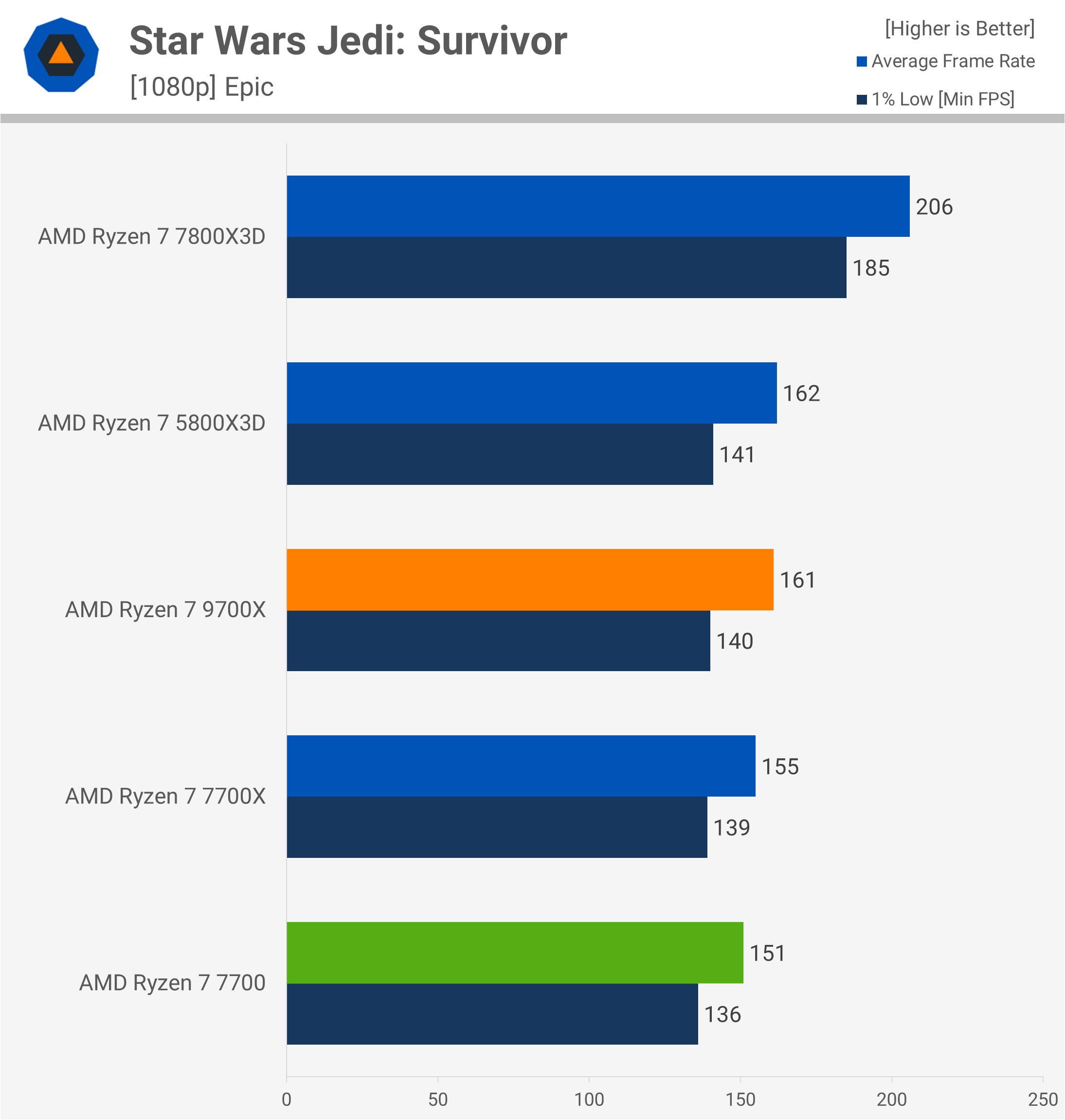We have a deep appreciation for old hardware and always love the opportunity to tinker with vintage machines. They helped pave the way to where we are now but who says they have to stay out of commission once they're no longer officially supported? Certainly not maker and developer Hunter Irving who recently bought an old 1986 Macintosh Plus and managed to get it online using the Raspberry Pi Pico W.
Teaching an Old Mac New Tricks - YouTube

To pull this off, Irving is using a Raspberry Pi Pico W to emulate an old Ethernet adapter. This tricks the Macintosh Plus into thinking it's using older hardware than it actually is, enabling it to connect to the internet. This Raspberry Pi setup works with a tool known as BlueSCSI.
If you've never heard of BlueSCSI before, this is a free, open-source system that aims to provide vintage computers with a SCSI disk solution, and it seems that it can also provide a connection to the internet. BlueSCSI is compatible with the Raspberry Pi Pico W and uses the Pico W's Wi-Fi connection to emulate a rate Macintosh Ethernet adapter. It is a useful tool in many retro Apple enthusiasts toolkit, emulating drives at around 60KB per second. Blue SCSI has been used by the goliaths of the retro computing YouTuber scene such as Adrian Black, Action Retro and most recently by This Does Not Compute who built a retro Mac from (mostly) new parts.
The cool thing about BlueSCSI is that you're not limited to just one type of vintage PC. It might take a bit of tinkering but you can connect a variety of old machines using it. In this case, however, Irving came across a 1986 Macintosh Plus at a thrift store which ended up being the main focus of this project.
There is one major caveat to connecting vintage machines to the internet and that has to do with security and compatibility. Old machines, like we mentioned above, are no longer officially supported so there is a degree of concern in regards to security. They also don't know how to handle modern protocols like CSS or Javascript. In this case, the Macintosh Plus can handle some HTML. To complete the project, Irving created a fork of an existing tool called MacProxy that enables the computer to handle some modern website interfaces. Irving's fork, MacProxy Plus has custom extensions for use with specific websites. His example is the National Weather Service, which strips out just the essential HTML for the display on the vintage Mac. It doesn't stop there! Irving also write specific extensions for ChatGPT, Wikipedia and Reddit. The setup can also "stream" YouTube videos, well sort of. It uses NotYouTube and streams media from your local device, slowly. Irving states that he receives around 400 bytes per second, taking 17 hours to reach a "Rickroll".
If you want to see this Raspberry Pi project in action, you can check it out over at YouTube.

 3 days ago
6
3 days ago
6





:quality(85):upscale()/2024/10/17/848/n/1922729/9dece426671163b35dcb11.60305022_.jpg)


 English (US) ·
English (US) ·